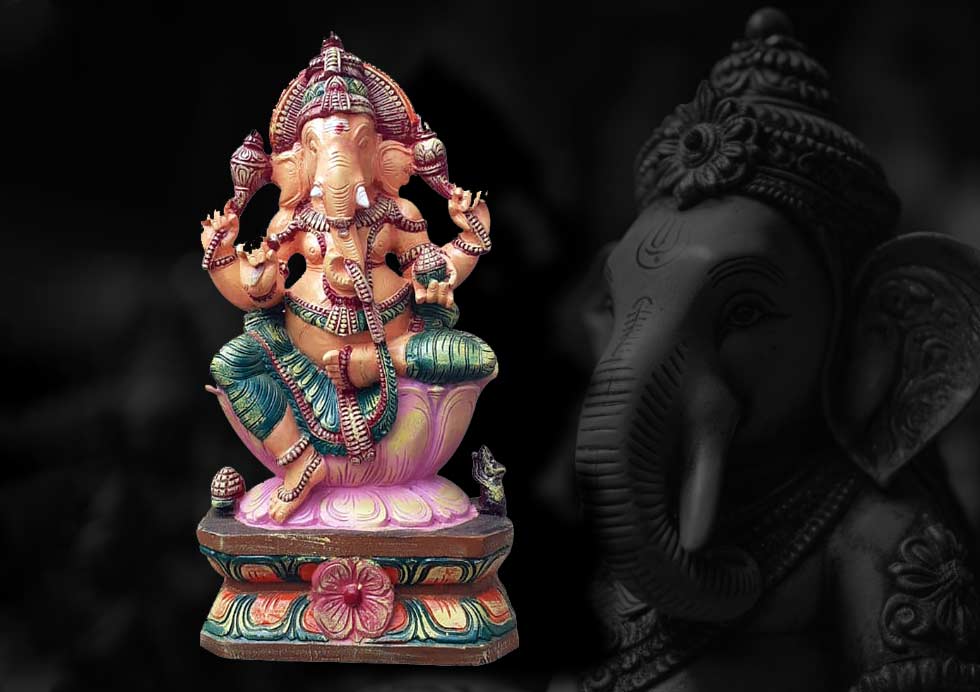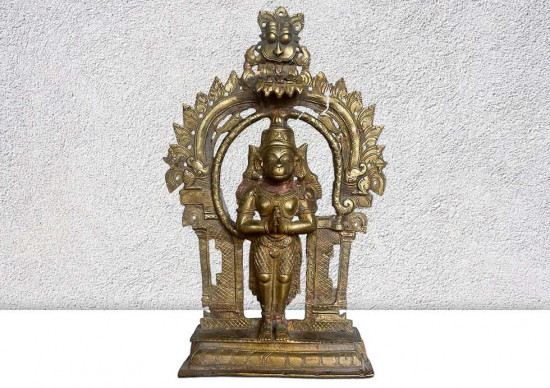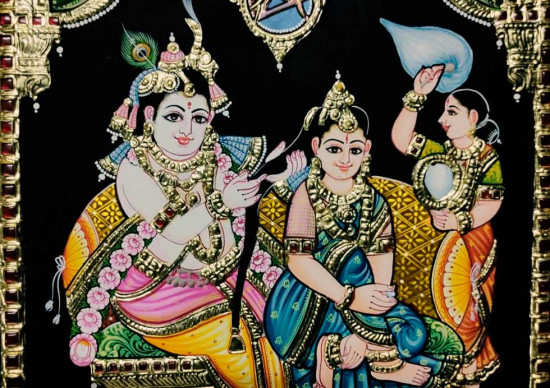

Historical Origins
One day, Lord Shiva tried to enter Maa Parvati’s room, Ganesha, who didn’t know who his father was, stopped him. This caused a big fight between them, and sadly, Ganesha lost his head. But Lord Shiva realized the mistake and gave Ganesha the head of an elephant, which made him look special.
To make amends, Lord Shiva declared that henceforth, Ganesha would be worshiped before any other deity, and his blessings would be sought before starting any new endeavor. This declaration laid the foundation for Ganesh Chaturthi as a significant festival of new beginnings, prosperity, and the removal of obstacles.
Rituals and Traditions

Idol Installation: The festival begins with the installation of clay or eco-friendly idols of Lord Ganesha in homes, temples, and pandals (temporary structures). Devotees decorate the idols with vibrant colors, flowers, and ornaments.
Prayers and Pujas: Daily prayers and pujas are offered to Lord Ganesha, accompanied by the chanting of mantras and bhajans (devotional songs). Devotees seek blessings for prosperity, success, and the removal of obstacles.
Modak Offering: Modak, a sweet dumpling considered Lord Ganesha’s favorite, is offered as prasad (sacred food) during the festival. It symbolizes the sweetness of life and the rewards of devotion.
Processions and Celebrations: Elaborate processions, including dance, music, and cultural performances, take place in many regions. These processions often involve carrying the idol on a beautifully decorated chariot or palanquin through the streets.
Visarjan: On the last day of the festival, the idol is taken to a nearby water body for immersion. This symbolizes the departure of Lord Ganesha from the mortal world back to his celestial abode. The immersion is accompanied by chants, music, and a grand farewell.
Cultural Significance
Ganesh Chaturthi transcends religious boundaries and holds cultural significance for people of all backgrounds in India. Here are some aspects of its cultural importance:
- Unity in Diversity: Ganesh Chaturthi brings people from various social, economic, and cultural backgrounds together. Communities come together to celebrate, share joy, and strengthen social bonds.
- Artistic Expression: The creation and decoration of Ganesha idols are considered forms of art. Skilled artisans and sculptors showcase their craftsmanship during the festival.
- Environmental Awareness: There has been a growing awareness of the environmental impact of Ganesh Chaturthi celebrations in recent years. Many devotees have shifted towards eco-friendly idols and materials to reduce pollution in water bodies.
- Community Building: The organization of pandals and processions involves the active participation of the community. It fosters a sense of belonging and teamwork.
- Economic Impact: Ganesh Chaturthi generates economic activity through the sale of idols, decorations, sweets, and the tourism it attracts.
Environmental Concerns and Solutions
Even though Ganesh Chaturthi is a joyful and spiritual occasion, it has brought attention to environmental worries, mainly because of the immersion of idols that don’t break down naturally in water. Here are a few ways to tackle these concerns:
- Eco-friendly Idols: Encourage the use of clay or biodegradable idols instead of those made from Plaster of Paris (PoP). These idols dissolve in water without harming aquatic life.
- Natural Colors: Use natural and eco-friendly colors for decorating the idols, as synthetic colors can pollute water bodies.
- Artificial Ponds: Set up artificial ponds specifically for idol immersion to contain the environmental impact. These ponds can be designed to filter and treat the water after immersion.
- Awareness Campaigns: Conduct awareness campaigns to educate devotees about the ecological consequences of their actions and promote eco-friendly practices.
- Government Regulations: Support and adhere to government regulations regarding idol size, materials, and immersion sites to minimize environmental damage.









